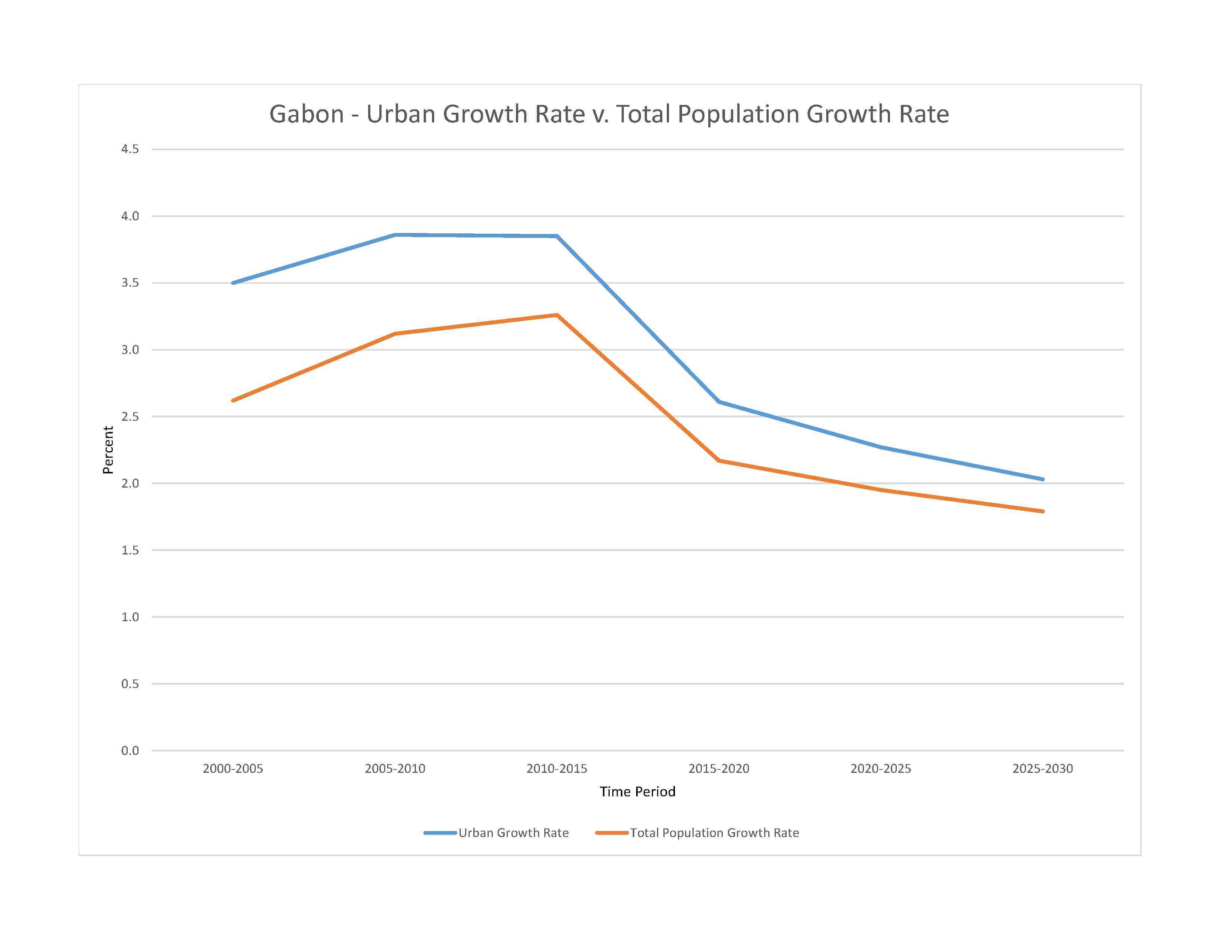
deforestation (the forests that cover three-quarters of the country are threatened by excessive logging); burgeoning population exacerbating disposal of solid waste; oil industry contributing to water pollution; wildlife poaching
party to: Biodiversity, Climate Change, Climate Change-Kyoto Protocol, Climate Change-Paris Agreement, Comprehensive Nuclear Test Ban, Desertification, Endangered Species, Hazardous Wastes, Law of the Sea, Marine Dumping-London Convention, Nuclear Test Ban, Ozone Layer Protection, Ship Pollution, Tropical Timber 2006, Wetlands, Whaling
signed, but not ratified: none of the selected agreements
tropical; always hot, humid
agricultural land: 19% (2018 est.)
arable land: 1.2% (2018 est.)
permanent crops: 0.6% (2018 est.)
permanent pasture: 17.2% (2018 est.)
forest: 81% (2018 est.)
other: 0% (2018 est.)
urban population: 91% of total population (2023)
rate of urbanization: 2.27% annual rate of change (2020-25 est.)

2.6% of GDP (2018 est.)
0% of GDP (2018 est.)
particulate matter emissions: 26.29 micrograms per cubic meter (2019 est.)
carbon dioxide emissions: 5.32 megatons (2016 est.)
methane emissions: 1.13 megatons (2020 est.)
municipal solid waste generated annually: 238,102 tons (1995 est.)
Atlantic Ocean drainage: Congo (3,730,881 sq km)
Congo Basin
municipal: 80 million cubic meters (2020 est.)
industrial: 10 million cubic meters (2020 est.)
agricultural: 40 million cubic meters (2020 est.)
166 billion cubic meters (2020 est.)
NOTE: The information regarding Gabon on this page is re-published from the 2024 World Fact Book of the United States Central Intelligence Agency and other sources. No claims are made regarding the accuracy of Gabon 2024 information contained here. All suggestions for corrections of any errors about Gabon 2024 should be addressed to the CIA or the source cited on each page.
This page was last modified 04 May 24, Copyright © 2024 ITA all rights reserved.